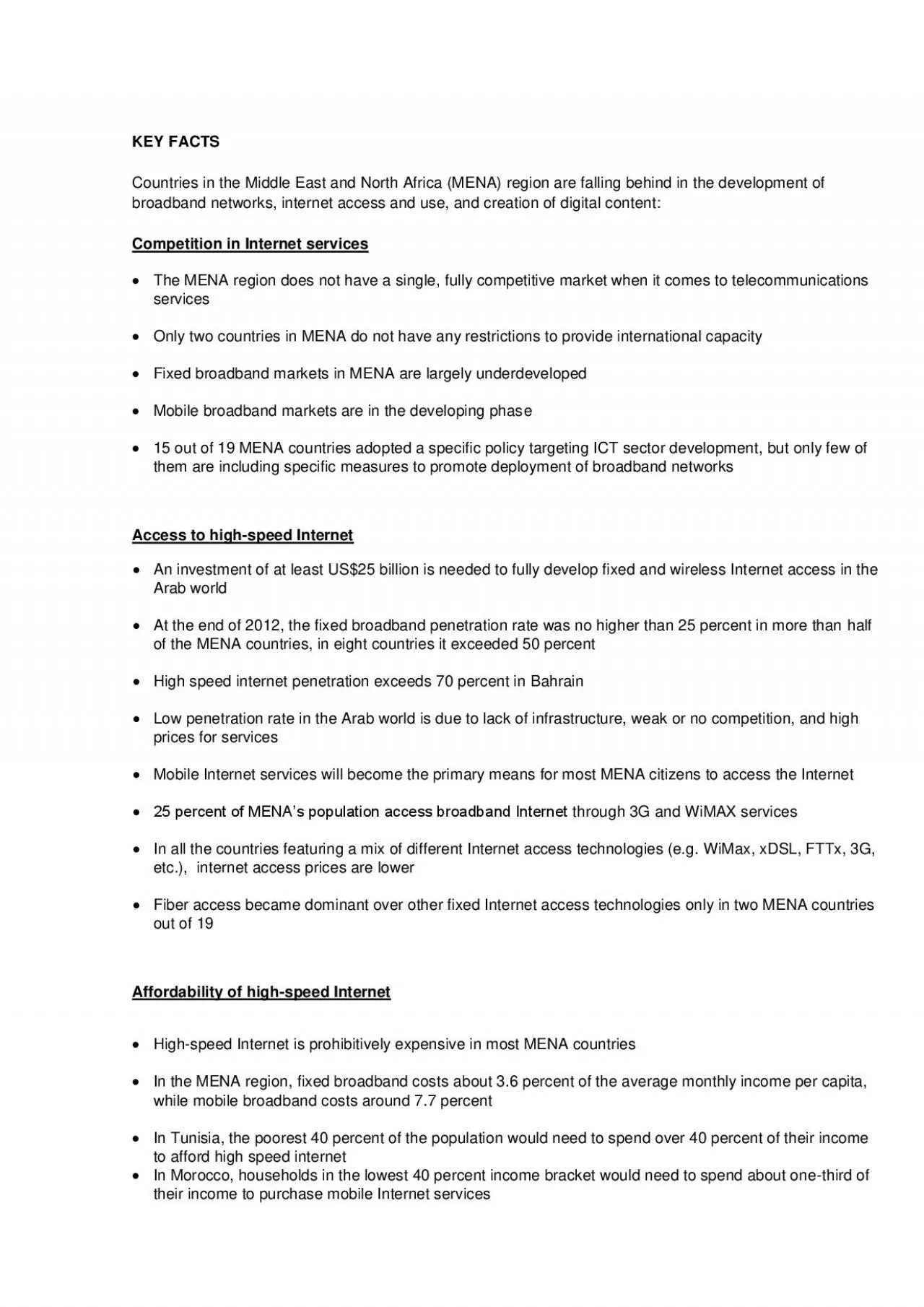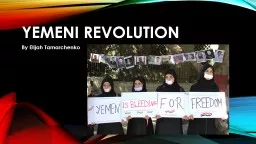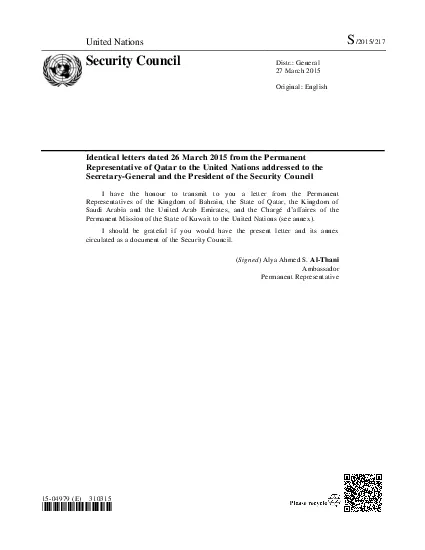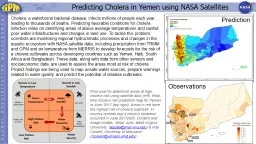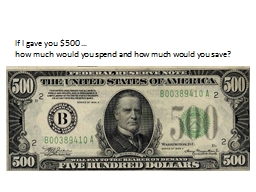PDF-In Yemen the poorest 40 percent of the population would need to spend
Author : bethany | Published Date : 2021-08-31
on broadbandSixty percent of the people in Algeria Djibouti Morocco Syria Tunisia and Yemen cannot afford fixed andor mobile broadband servicesIn the GCC countries
Presentation Embed Code
Download Presentation
Download Presentation The PPT/PDF document "In Yemen the poorest 40 percent of the p..." is the property of its rightful owner. Permission is granted to download and print the materials on this website for personal, non-commercial use only, and to display it on your personal computer provided you do not modify the materials and that you retain all copyright notices contained in the materials. By downloading content from our website, you accept the terms of this agreement.
In Yemen the poorest 40 percent of the population would need to spend: Transcript
Download Rules Of Document
"In Yemen the poorest 40 percent of the population would need to spend"The content belongs to its owner. You may download and print it for personal use, without modification, and keep all copyright notices. By downloading, you agree to these terms.
Related Documents

